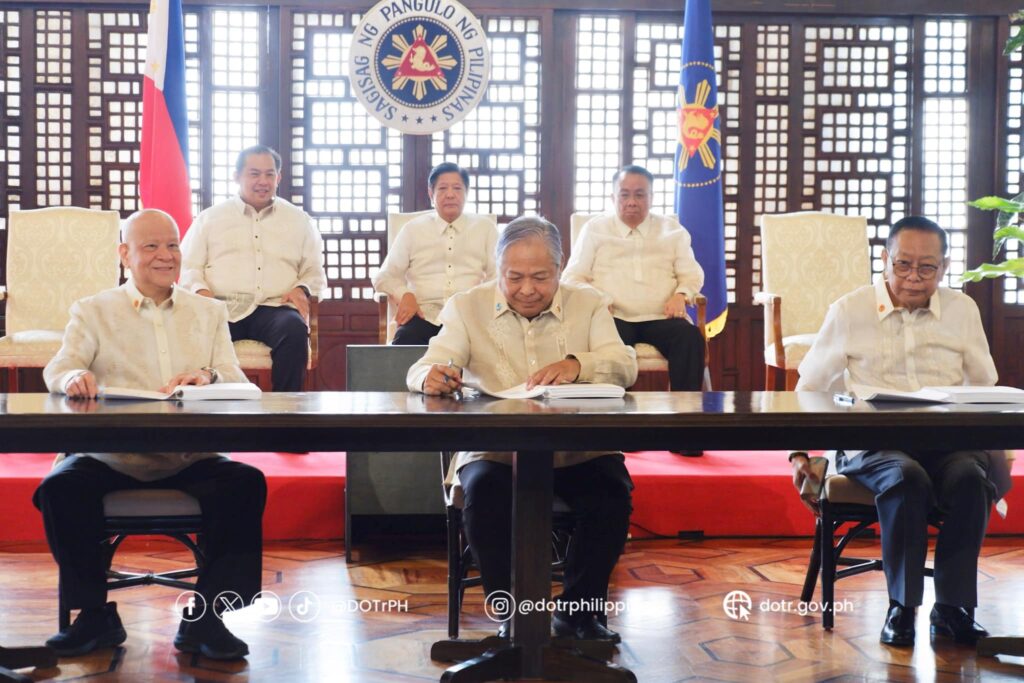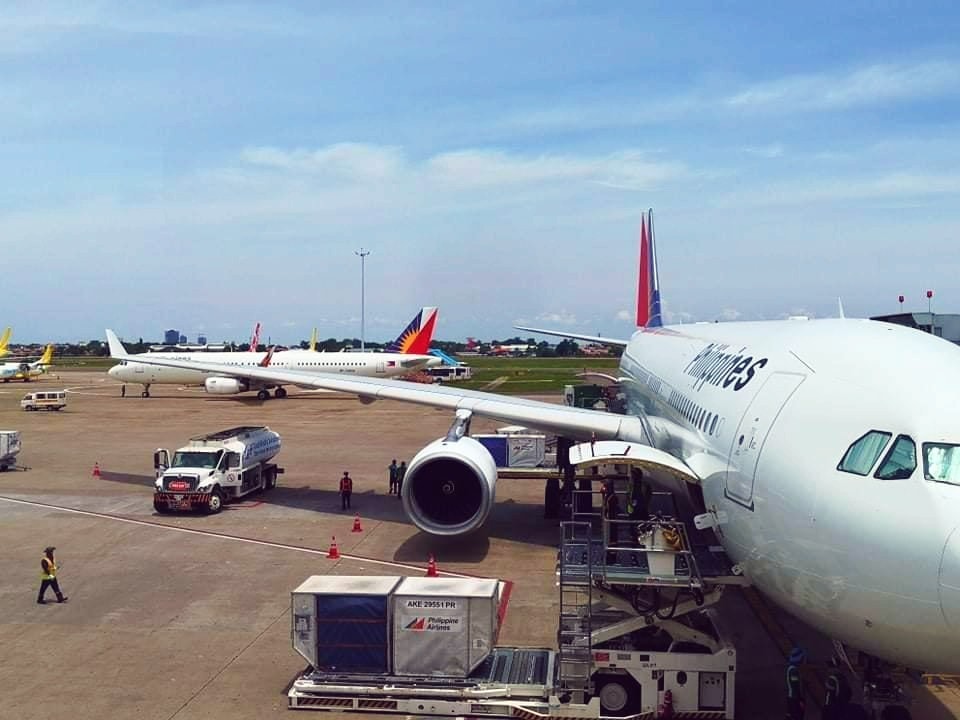The modernization of the Ninoy Aquino International Airport (NAIA), the country’s main gateway, reached a major milestone on Monday as the government signed a P170.6 billion concession agreement with a consortium led by San Miguel Corporation (SMC).
President Ferdinand Marcos Jr. witnessed the signing ceremony at Malacañang Palace, highlighting the public-private partnership (PPP) project as “an investment in our future.”
Under the deal, the SMC-SAP & Co. Consortium, comprising SMC subsidiaries San Miguel Holdings Corp., RMM Asian Logistics Inc., RLW Aviation Development Inc., and South Korea’s Incheon International Airport Corp., will rehabilitate, operate, and maintain NAIA for an initial period of 15 years, with a possible 10-year extension.

Transportation Secretary Jaime Bautista and Manila International Airport Authority (MIAA) General Manager Eric Ines signed on behalf of the government, while SMC President and CEO Ramon Ang represented the private consortium.
The rehabilitation project aims to increase NAIA’s annual passenger capacity from the current 35 million to 62 million, addressing the airport’s long-standing congestion issues. It will involve the construction of a new passenger terminal building with a capacity of 35 million passengers per year, along with a 9,000-vehicle parking facility.
Our vision for NAIA extends beyond mere rehabilitation. We aim to significantly enhance its functionality and establish a new standard in serving excellence. Together with our partner, Incheon, we have assembled a team of experts, focused on implementing immediate improvement, and help us achieve our long-term goal for NAIA.
Ramon Ang, SMC President & CEO
Meanwhile, President Marcos emphasized that the project would not only generate substantial revenue for the government but also provide convenience for passengers through upgraded facilities and services meeting international standards.
The Department of Transportation (DOTr) estimates the project will generate around P900 billion in revenue for the government over the 25-year concession period, more than 15 times the amount remitted by MIAA since 2010. This includes an upfront payment of P30 billion, annual payments of P2 billion, and a committed share of over 82% of the consortium’s gross revenues.
We welcome this development for the NAIA PPP Project as this will not only generate revenue for the government but it will also create opportunities for Filipinos.
jaime Bautista, Department of Transportation Secretary
Ang outlined the consortium’s plans to address various issues plaguing NAIA, such as improving air conditioning, elevators, walkalators, escalators, and boarding bridges. The group also aims to increase runway capacity from 40 to 48 takeoffs per hour and resolve power system problems by fixing generators, capacitors, and wiring.
The MIAA has welcomed the privatization move, citing the authority’s limited budget and the airport’s need for massive improvements, including upgrades to old buildings, terminals, taxiways, runways, and equipment.
Speaker Martin Romualdez and Senator Grace Poe lauded the agreement, highlighting its potential economic benefits, including job creation, increased tourism, and improved global connectivity. They vowed support from Congress to ensure the project’s successful implementation while upholding transparency.
The consortium underwent a competitive bidding process, with its proposal aligned with international best practices. After securing necessary approvals, the MIAA targets handing over NAIA’s operations and maintenance to the private group by September 2024.
As the country’s main aviation hub embarks on a transformative journey, stakeholders emphasize the project’s significance in elevating the Philippines’ infrastructure and attracting investments while providing a world-class experience for travelers.


























Leave a comment